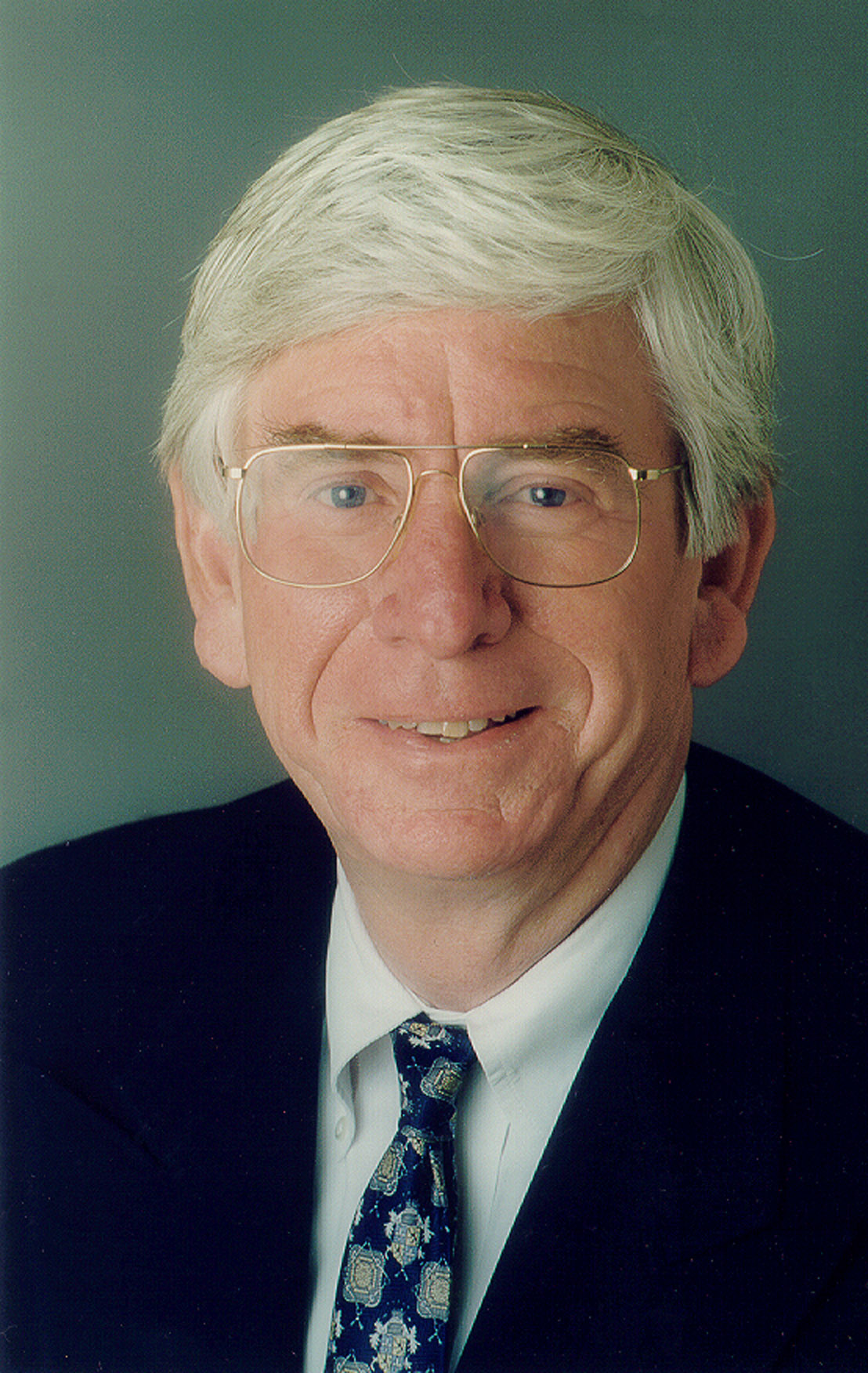Thornton Tomasetti, the international engineering firm, announces that Founding Principal Charles H. Thornton, Ph.D., P.E., Hon. AIA, Hon. ASCE, NAE is among five individuals being honored by the American Society of Civil Engineers’ Outstanding Projects and Leaders (OPAL) program for their lifetime achievements. The award will be presented at a black-tie gala at the Renaissance Arlington Capital View Hotel, Arlington, Va. on March 21.
The OPAL Lifetime Achievement Award is given to civil engineers who “represent a model of achievement to which future generations of engineers aspire to match or exceed.”
Thornton is being honored for his numerous contributions to the field of design. Regarded as one of the world’s preeminent structural engineers and educators, Thornton has been involved in the design, construction and analysis of projects around the world, many of which have set industry standards for innovation and creativity.
His signature projects include the Northwestern Atrium Center (now the Citigroup Center), United Airlines Terminal One at O’Hare Airport and United Center/Bulls and Blackhawks Arena, all in Chicago, Ill.; the Chifley Tower in Sydney, Australia; Tampa City Center in Tampa, Florida;; American Airlines superbay hangars in Los Angeles and San Francisco, Calif.; and the Petronas Twin Towers in Kuala Lumpur, Malaysia.
Thornton, currently chairman of Charles H. Thornton & Company LLC, Straam Inc. and AECOS, Ltd., is a founding principal and former co-chairman of Thornton Tomasetti. He currently serves as a consultant to Thornton Tomasetti.
Thornton is the founder of the ACE Mentor Program, which he established in 1993. ACE has offered guidance to more than 40,000 inner-city high school students in 106 cities around the country and has acquainted these students with the challenges and rewards offered by careers in architecture, engineering and construction. Thus far it has awarded more than $6 million in scholarships. In 2011, the program received a Presidential Award for Excellence in Science, Mathematics and Engineering Mentoring.
Thornton’s numerous career accolades include the Civil Engineer of the Year Award from ASCE’s Metropolitan Section in 1990, the Fazlur R. Khan Lifetime Achievement Medal from the Council on Tall Buildings and Urban Habitat in 2012, Hoover Medal in 2002, the Leonardo da Vinci Award for Leadership and Management Excellence from the Professional Services Management Association in 2003, the Benjamin Franklin Medal in Civil Engineering from the Franklin Institute in 2003 and the Golden Eagle Award from the Society of American Military Engineers in 2003.
Thornton earned a bachelor’s degree in civil engineering from Manhattan College in 1961, a master’s degree, also in civil engineering, from New York University in 1963 and a doctorate in structural engineering and engineering mechanics from New York University in 1966. +
Related Stories
| Nov 27, 2013
Exclusive survey: Revenues increased at nearly half of AEC firms in 2013
Forty-six percent of the respondents to an exclusive BD+C survey of AEC professionals reported that revenues had increased this year compared to 2012, with another 24.2% saying cash flow had stayed the same.
| Nov 27, 2013
Wonder walls: 13 choices for the building envelope
BD+C editors present a roundup of the latest technologies and applications in exterior wall systems, from a tapered metal wall installation in Oklahoma to a textured precast concrete solution in North Carolina.
| Nov 27, 2013
University reconstruction projects: The 5 keys to success
This AIA CES Discovery course discusses the environmental, economic, and market pressures affecting facility planning for universities and colleges, and outlines current approaches to renovations for critical academic spaces.
| Nov 26, 2013
7 ways to make your firm more successful
Like all professional services businesses, AEC firms are challenged to effectively manage people. And even though people can be rather unpredictable, a firm’s success doesn’t have to be. Here are seven ways to make your firm more successful in the face of market variability and uncertainty.
| Nov 26, 2013
Design-build downsized: Applying the design-build method in an era of smaller projects
Any project can benefit from the collaborative spirit and cooperative relationships embodied by design-build. But is there a point of diminishing return where the design-build project delivery model just doesn't make sense for small projects? Design-build expert Lisa Cooley debates the issue.
| Nov 25, 2013
Electronic plan review: Coming soon to a city near you?
With all the effort AEC professionals put into leveraging technology to communicate digitally on projects, it is a shame that there is often one major road block that becomes the paper in their otherwise “paperless” project: the local city planning and permitting department.
| Nov 22, 2013
Kieran Timberlake, PE International develop BIM tool for green building life cycle assessment
Kieran Timberlake and PE International have developed Tally, an analysis tool to help BIM users keep better score of their projects’ complete environmental footprints.
| Nov 20, 2013
Architecture Billings Index slows in October; project inquiries stay strong
Following three months of accelerating demand for design services, the Architecture Billings Index reflected a somewhat slower pace of growth in October. The October ABI score was 51.6, down from a mark of 54.3 in September.
| Nov 19, 2013
Pediatric design in an adult hospital setting
Freestanding pediatric facilities have operational and physical characteristics that differ from those of adult facilities.
| Nov 18, 2013
6 checkpoints when designing a pediatric healthcare unit
As more time and money is devoted to neonatal and pediatric research, evidence-based design is playing an increasingly crucial role in the development of healthcare facilities for children. Here are six important factors AEC firms should consider when designing pediatric healthcare facilities.
















